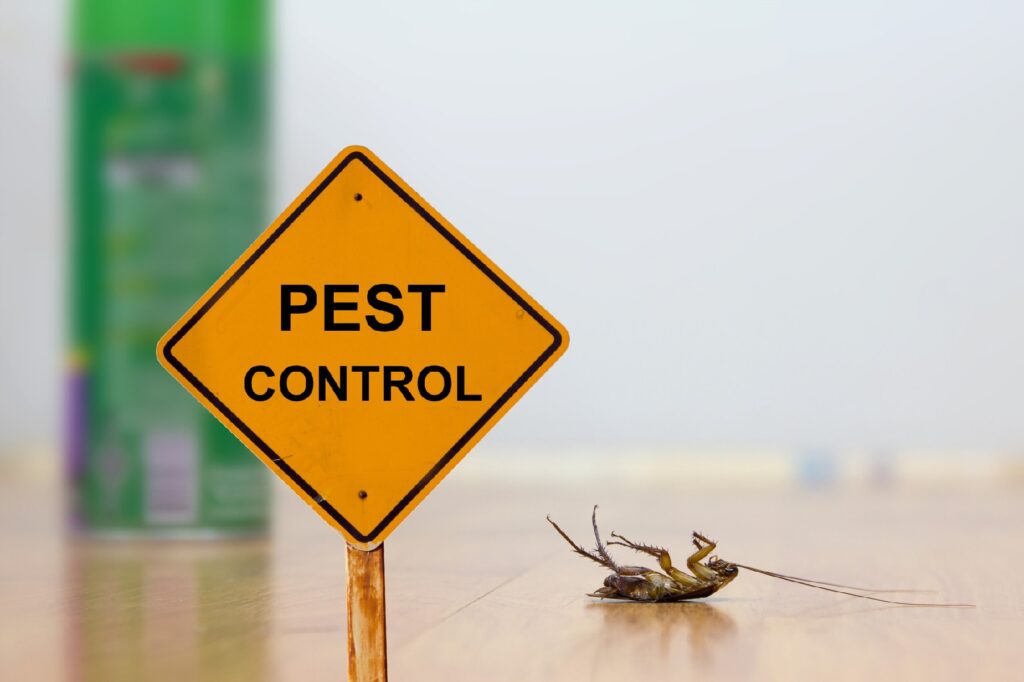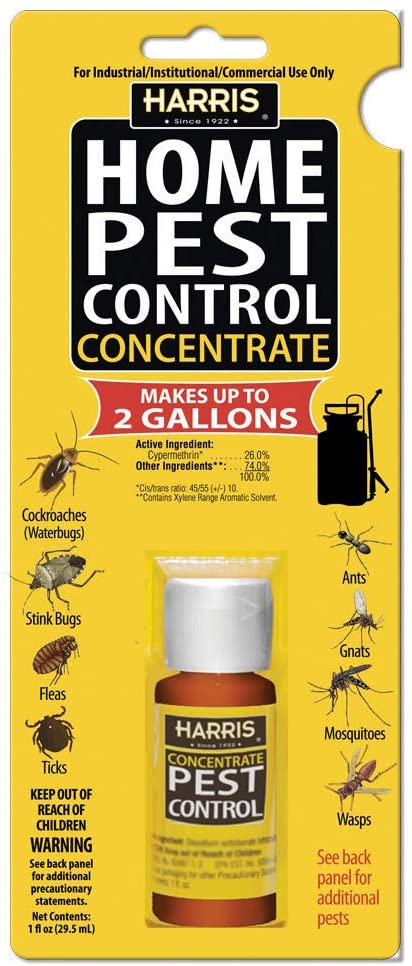A1 Charlotte Pest Control Companies - Your Neighborhood Pest Professionals
A1 Charlotte Pest Control Companies - Your Neighborhood Pest Professionals
Blog Article
Bed Pest Therapy Failure: Contrasting Chemical Vs. Non-Chemical Solutions
In the world of pest control, especially when dealing with the relentless issue of bed pests, the option between chemical and non-chemical treatment solutions can be an essential one. Both techniques provide distinctive advantages and disadvantages, affecting variables such as effectiveness, safety and security factors to consider, and total cost. By taking a look at the nuanced information of each technique, a clearer understanding of which path to seek in dealing with a bed bug problem can be attained.
Effectiveness of Chemical Treatments
Chemical therapies for bed bug infestations have been commonly recognized for their fast and powerful effectiveness in removing these parasites. When thinking about the performance of chemical therapies, it is essential to understand that they can offer a quick and comprehensive solution to a bed bug trouble.
Moreover, chemical therapies have the benefit of providing residual effects, suggesting that they can remain to get rid of bed pests also after the initial application. This residual activity is particularly advantageous in combating any kind of possible re-infestations. Furthermore, the fast action of chemical therapies can bring alleviation to individuals encountering serious bed insect problems, permitting them to restore control of their home swiftly.
Safety Concerns With Chemical Solutions
When using chemical options for bed insect treatment is guaranteeing the safety of passengers and the setting,One crucial facet that requires careful consideration. While chemical therapies can be reliable in eradicating bed pests, they might position dangers if not handled appropriately. One of the main safety interest in chemical options is the potential injury they can create to human health and wellness. Exposure to particular chemicals used in bed pest therapies can lead to breathing problems, skin inflammation, or various other negative reactions, specifically in people with pre-existing conditions or level of sensitivities. In addition, inappropriate application or dosage of chemical pesticides can cause harmful deposits sticking around in the cured area, positioning long-term health and wellness threats to occupants.
Moreover, the ecological impact of chemical options is another substantial consideration. Some chemicals made use of in bed pest treatments may be hazardous to useful bugs, wild animals, and ecological communities if they leach right into the soil or water systems. It is essential to make use of chemical therapies carefully, adhering to safety and security guidelines, and thinking about much less hazardous options to minimize these dangers and make certain the reliable and secure administration of bed pest problems.
Benefits of Non-Chemical Approaches
Thinking about the possible safety worries and ecological influence associated with chemical services for bed bug therapy, discovering non-chemical approaches offers an appealing alternative with a number of unique advantages. Non-chemical methods offer a much safer alternative for houses, particularly those with family pets, people, or children sensitive to extreme chemicals. These techniques eliminate the dangers of direct exposure to hazardous substances, minimizing the possibility for damaging health and wellness results. Furthermore, non-chemical treatments are environmentally pleasant, as they do not contribute to air or water air pollution, making them a sustainable choice for bug control.
Furthermore, non-chemical services can be efficient in targeting bed bugs, consisting of hard-to-reach locations where chemical therapies may not penetrate. Techniques such as warm treatment, vacuuming, vapor cleansing, and mattress encasements offer detailed removal without making use of hazardous chemicals. Additionally, non-chemical techniques can be less turbulent, requiring very little preparation and permitting for quicker reentry right into dealt with locations. Generally, deciding for non-chemical bed insect therapy techniques not just prioritizes safety and security and environmental defense yet likewise guarantees effective and extensive bug control.
Limitations of Non-Chemical Treatments

Additionally, non-chemical therapies frequently require multiple applications to attain successful eradication. This can be taxing and may not always assure complete elimination of all bed insects and their eggs, particularly in concealed or hard-to-reach places.
Moreover, the success of non-chemical treatments greatly relies upon proper execution and thoroughness, which can be testing for individuals without professional knowledge. Poor application of non-chemical methods may result in insufficient obliteration, resulting in consistent invasions and the requirement for added treatments.
As a result, while non-chemical therapies have their advantages, it is important to recognize these limitations and consider them when identifying one of the most effective strategy for taking care of bed bug infestations.
Price Contrast: Chemical Vs. Non-Chemical Options
Given the constraints linked with non-chemical treatments, an important aspect to review in the context of bed pest management is the price contrast between chemical and non-chemical choices. In contrast, non-chemical treatments like warmth treatment or vapor can be much more pricey, with expenses varying from $1,000 to $6,000 for a whole home. While the preliminary cost A1 pest control services charlotte of chemical treatments may appear lower, numerous treatments may be needed to completely remove the invasion, potentially raising the general price.
Conclusion

Thinking about the potential security problems and environmental influence connected with chemical services for bed pest treatment, exploring non-chemical strategies offers a promising option with a number of distinctive benefits.Provided the limitations linked with non-chemical treatments, a crucial aspect to evaluate in the context of bed bug management is the price comparison in between chemical and non-chemical choices. In contrast, non-chemical treatments like warmth treatment or heavy steam can be extra pricey, with prices ranging from $1,000 to $6,000 for a whole home. While the preliminary cost of chemical treatments might appear lower, numerous therapies may be needed to completely eradicate the problem, possibly enhancing the general expense.In verdict, when contrasting chemical and non-chemical bed insect therapy choices, it is crucial to consider effectiveness, safety and security, advantages, constraints, and expense.
Report this page